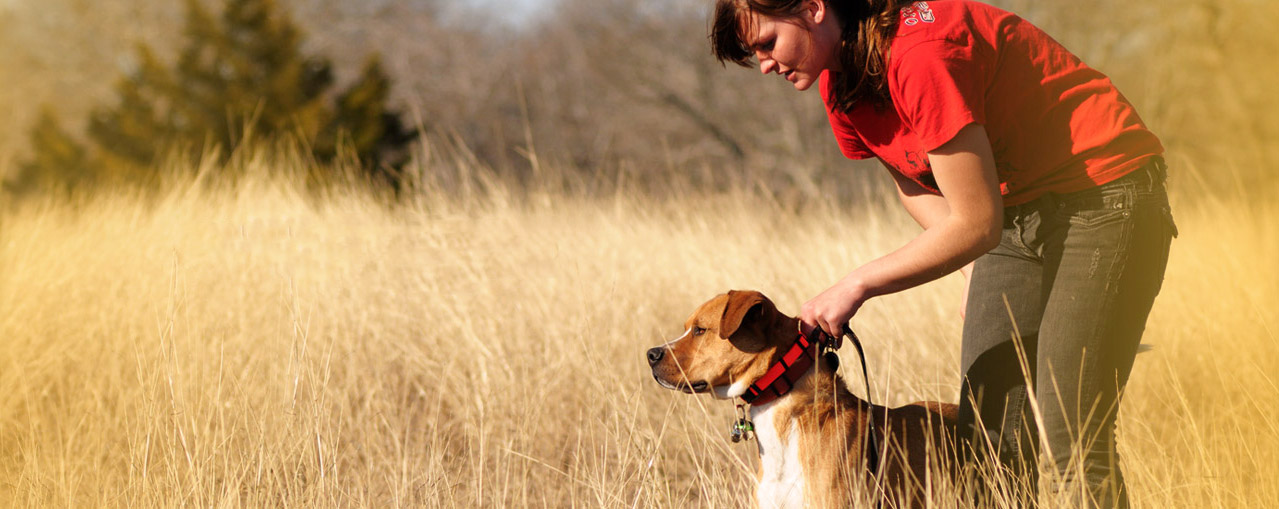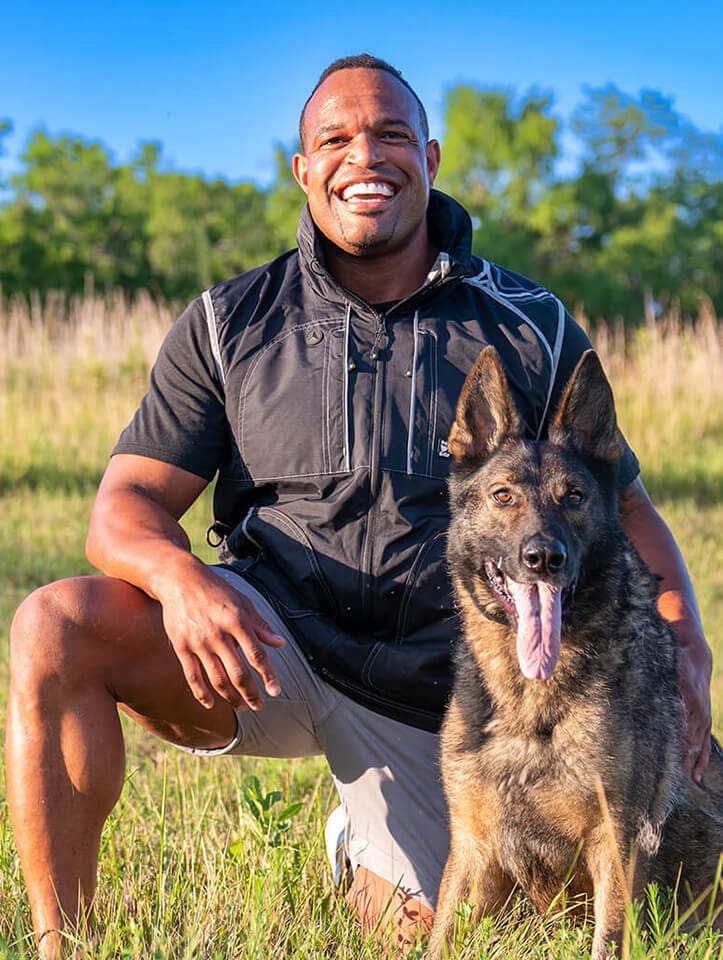How Dog Training Builds Trust and Confidence in Your Dog
How Dog Training Builds Trust and Confidence in Your Dog
Blog Article
Top Canine Educating Strategies Every Proprietor Must Know

Favorable Reinforcement Techniques
Utilizing positive reinforcement techniques is essential for effective pet training, as it fosters a trusting bond in between the fitness instructor and the pet. This approach concentrates on rewarding preferable behaviors rather than punishing unwanted ones, developing an environment favorable to finding out. Incentives can include treats, praise, or playtime, which motivate canines to repeat the actions that earn them these rewards.

Additionally, this approach boosts the canine's enthusiasm for training sessions. When pets associate training with positive experiences, they are extra involved and receptive. Past immediate behavior modification, positive reinforcement encourages a collaborative relationship in between the pet dog and fitness instructor, lowering anxiousness and fear
To optimize effectiveness, it is essential to supply incentives quickly, guaranteeing the pet attaches the actions with the support. In essence, favorable support techniques not only yield better-trained pets yet likewise advertise an unified collaboration in between pet dog and owner.
Clicker Training Method
The clicker training method is a very efficient strategy that develops upon the concepts of positive reinforcement by including a distinctive noise to mark desired behaviors. This method uses a small handheld gadget that generates a clicking sound, permitting instructors to interact with their pets in a immediate and clear manner. When a canine carries out a behavior that the owner wants to encourage, the clicker is activated, adhered to by an incentive, generally in the form of treats or appreciation.
The key to effective remote control training depends on uniformity and timing. It is crucial to click at the specific minute the wanted habits occurs, making sure that the canine links the sound with the action and the succeeding incentive. This approach not only boosts interaction however additionally promotes a stronger bond between the owner and the pet, as it motivates involvement and interaction during training sessions.
Remote control training can be used to a selection of commands and actions, from fundamental obedience to a lot more complicated tricks. Its versatility and effectiveness make it a popular strategy amongst professional trainers and pet dog proprietors alike, leading the way for a trained and receptive canine friend.
Leash Training Basics
Efficient leash training is essential for guaranteeing a risk-free and enjoyable walking experience for both canines and their proprietors. Dog training. Chain training must begin early and be come close to with perseverance and consistency. Start by choosing an ideal leash and collar or harness. A level collar may work for some pets, while others may profit from a original site harness that minimizes drawing.
Present your dog to the leash gradually, allowing them to explore it in a comfortable atmosphere. Method loose-leash strolling once they are accustomed. This entails satisfying your dog for strolling close to you instead of pulling in advance. Usage deals with and praise to reinforce desired habits, and be sure to stay assertive and calm.
If your pet dog begins to pull, stop strolling instantly. Wait till they return to your side prior to returning to. This teaches them that pulling does not cause proceed. Additionally, practice numerous walking settings to assist your pet adjust to interruptions.
Regular practice will strengthen your pet's understanding of chain etiquette. Bear in mind that leash training is a continuous process; persistence and consistency will certainly produce the very best outcomes, fostering a favorable experience for both you and your canine companion.
Socializing Approaches
Socialization is a crucial aspect of canine training that ought to preferably begin during puppyhood however can be valuable at any type of age. Reliable socialization helps pets develop confidence and decreases the probability of behavioral concerns. To execute effective socialization techniques, subject your pet to a variety of environments, individuals, and other animals.
Beginning with regulated setups, such as you can find out more pup classes or organized playgroups, where young pet dogs can connect safely. Gradually introduce your dog to brand-new experiences, including various sounds, surfaces, and tasks. Ensure these encounters are positive and fulfilling to develop a sense of safety and security.
For grown-up pet dogs or those doing not have exposure, begin with low-stress situations. Short, positive interactions with tranquil canines and pleasant humans can develop favorable associations. Utilize treats and praise to enhance desirable actions during these experiences.

Consistency and Perseverance
Recognizing the importance of uniformity and perseverance in canine training is essential for accomplishing long lasting outcomes. Training a pet dog is a gradual procedure that needs an organized approach and unwavering commitment from the proprietor. Each command or actions must be enhanced regularly to assist the canine comprehend what is expected of them. Inconsistent training can cause complication, making it challenging for the pet dog to grasp commands or habits, ultimately impeding development.
Furthermore, persistence is an essential component of effective training. Dogs, like humans, learn at their own pace. Some may grasp ideas promptly, while others could take longer. It is crucial for proprietors to continue to be encouraging and tranquil, strengthening favorable habits without turning to disappointment or penalty. This promotes a trusting relationship in between the pet dog and owner, encouraging a much more ready and enthusiastic student.
To grow consistency and perseverance, establish a routine training routine, use the exact same commands, and guarantee that all family participants use the very same training concepts - Dog training. By official website doing so, you create a stable setting helpful to discovering, enabling your pet to establish and flourish right into a mannerly buddy
Verdict
In verdict, effective dog training strategies, such as positive support, clicker training, and appropriate chain training, are vital for cultivating a healthy and balanced owner-dog partnership. Furthermore, carrying out socialization techniques and preserving consistency and perseverance throughout the training process contributes significantly to a pet's overall wellness. By integrating these techniques, pet proprietors can assist in the advancement of well-adjusted, loyal pet dogs, ultimately enhancing the lifestyle for both the pet and the owner.
Amongst the most famous techniques are favorable reinforcement, clicker training, and chain training, each offering one-of-a-kind advantages that contribute to a mannerly dog. As we explore these basic methods, it ends up being evident that understanding their nuances can dramatically impact the training experience and the dog's overall habits.Making use of favorable support techniques is important for reliable dog training, as it promotes a trusting bond in between the trainer and the pet dog.In final thought, reliable pet training techniques, such as favorable reinforcement, clicker training, and appropriate chain training, are important for promoting a healthy owner-dog relationship. By integrating these methods, canine proprietors can facilitate the development of well-adjusted, loyal pet dogs, eventually boosting the quality of life for both the owner and the dog.
Report this page